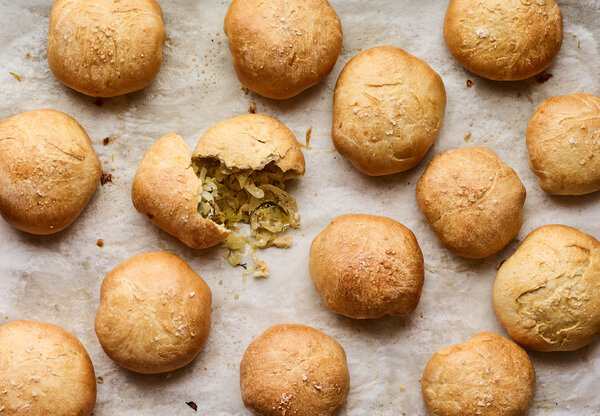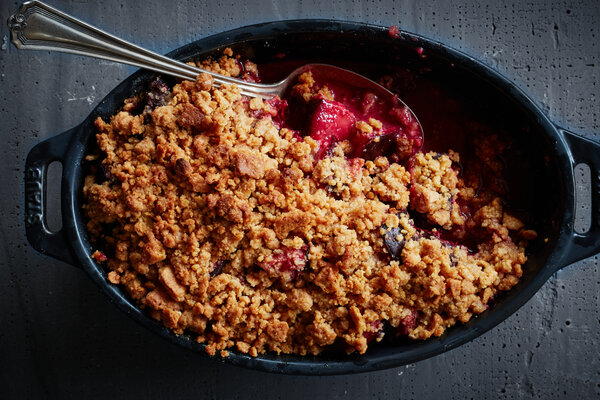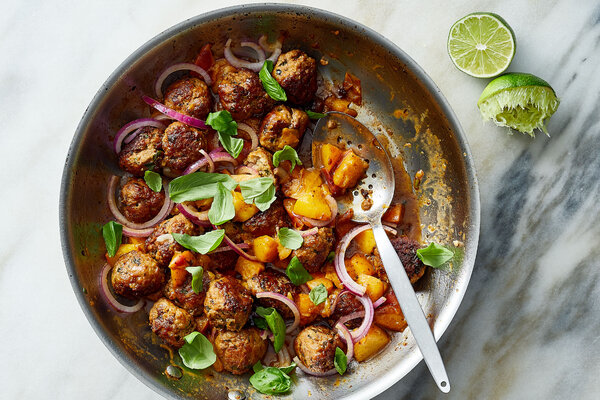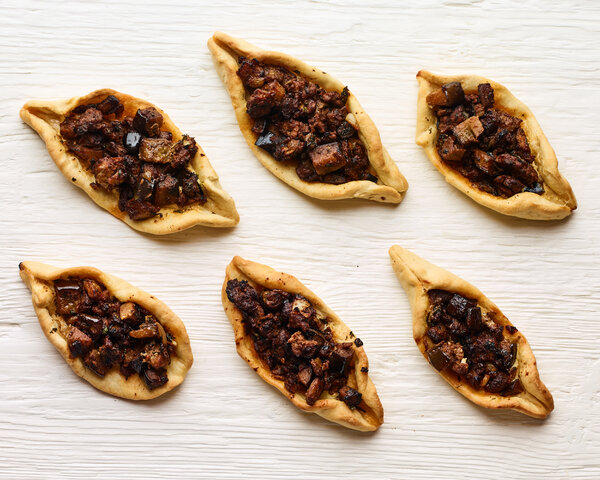Jasmine tisane is consumed in China, where it is called jasmine flower tea (茉莉花茶; pinyin: mò lì huā chá). Jasminum sambac flowers are also used to make tea, which often has a base of green tea, but sometimes an Oolong base is used. Flowers and tea are “mated” in machines that control temperature and humidity. It takes four hours or so for the tea to absorb the fragrance and flavour of the jasmine blossoms, and for the highest grades, this process may be repeated as many as seven times. Because the tea has absorbed moisture from the flowers, it must be refired to prevent spoilage. The spent flowers may or may not be removed from the final product, as the flowers are completely dry and contain no aroma. Giant fans are used to blow away and remove the petals from the denser tea leaves. If present, they simply add visual appeal and are no indication of the quality of the tea.
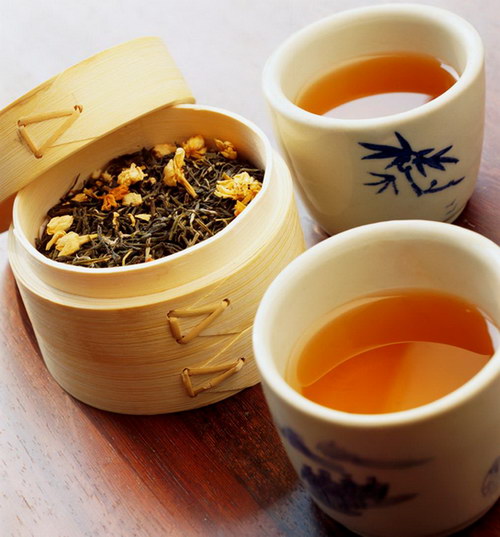
Jasmine is a genus of shrubs and vines in the olive family (Oleaceae), with about 200 species, native to tropical and warm temperate regions of the Old World. Most species grow as climbers on other plants or on structures such as chicken wire, gates or fences. The leaves can be either evergreen (green all year round) or deciduous (falling in autumn).
Cultivation and uses:
Widely cultivated for its flowers, jasmine is enjoyed in the garden, as a house plant, and as cut flowers. The flowers are worn by women in their hair in southern and southeast Asia. The delicate jasmine flower opens only at night and may be plucked in the morning when the tiny petals are tightly closed, then stored in a cool place until night. The petals begin to open between six and eight in the evening, as the temperature lowers.
Jasmine tisane is consumed in China, where it is called jasmine flower tea (茉莉花茶; pinyin: mò lì huā chá). Jasminum sambac flowers are also used to make tea, which often has a base of green tea, but sometimes an Oolong base is used. Flowers and tea are “mated” in machines that control temperature and humidity. It takes four hours or so for the tea to absorb the fragrance and flavour of the jasmine blossoms, and for the highest grades, this process may be repeated as many as seven times. Because the tea has absorbed moisture from the flowers, it must be refired to prevent spoilage. The spent flowers may or may not be removed from the final product, as the flowers are completely dry and contain no aroma. Giant fans are used to blow away and remove the petals from the denser tea leaves. If present, they simply add visual appeal and are no indication of the quality of the tea.
Summer Jasmine Blossoms – fresh jasmine flowers from Taimu Mountain.
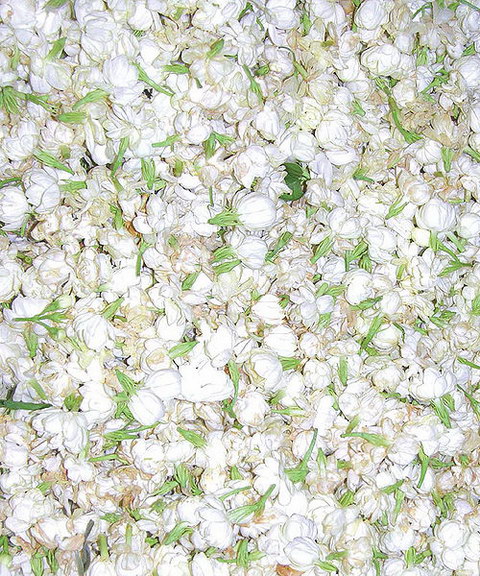
Jasmine Flower Green Tea – blossoms are poured onto green tea to make dragon pearl tea.
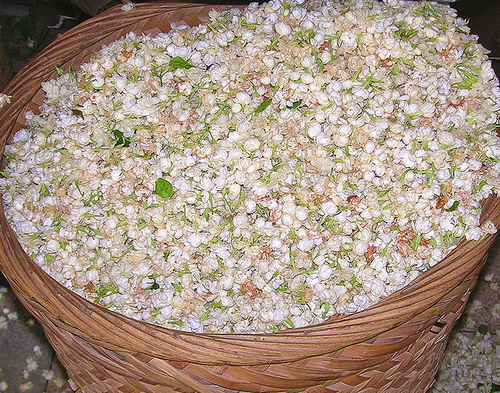
The French are known for their jasmine syrup, most commonly made from an extract of jasmine flowers. In the United States, this French jasmine syrup is used to make jasmine scones.
Jasmine essential oil is in common use. Its flowers are either extracted by the labour-intensive method of enfleurage or through chemical extraction. It is expensive due to the large number of flowers needed to produce a small amount of oil. The flowers have to be gathered at night because the odour of jasmine is more powerful after dark. The flowers are laid out on cotton cloths soaked in olive oil for several days and then extracted leaving the true jasmine essence. Some of the countries producing jasmine essential oil are India, Egypt, China and Morocco. Its chemical constituents include methyl anthranilate, indole, benzyl alcohol, linalool, and skatole. Many species also yield an absolute, which is used in perfumes and incense.
Cultural importance and other information:
The White Jasmine Branch, painting of ink and color on silk by Chinese artist Zhao Chang, early 12th century.
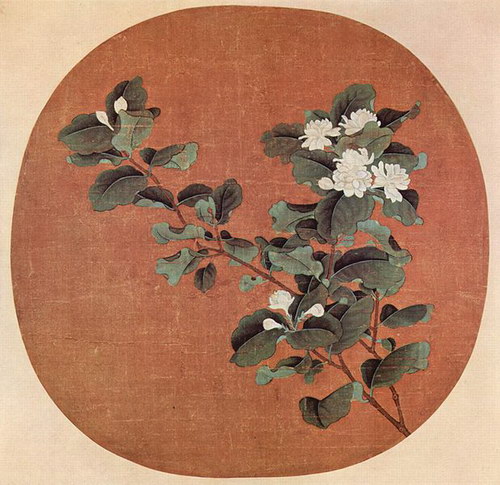
Jasmine is the national flower of the following countries:
The Philippines, where it is known as “Sampaguita”, and is usually strung on garlands which are then used to adorn religious images.
Indonesia, where the variety Jasminum sambac is the “puspa bangsa” (national flower), and goes by the name “Melati”. It is the most important flower in wedding ceremonies for ethnic Indonesians, especially in the island of Java.
Pakistan, where Jasminum officinale is known as the “Chambeli” or “Yasmine” is the national flower.
In Syria, it is the symbolic flower of Damascus, which is called the City of Jasmines. In Sanskrit it is called “Mallika”. It is called “Chameli” in Hindi.
Jasmine is cultivated at Pangala, in Karnataka, India, and exported to Middle Eastern countries.[citation needed]
J. fluminense is an invasive species in Hawaii, where it is sometimes known by the inaccurate name “Brazilian Jasmine”. J. dichotomum is also invasive in Florida.
In Thailand, jasmine flowers are used as a symbol of the mother.



